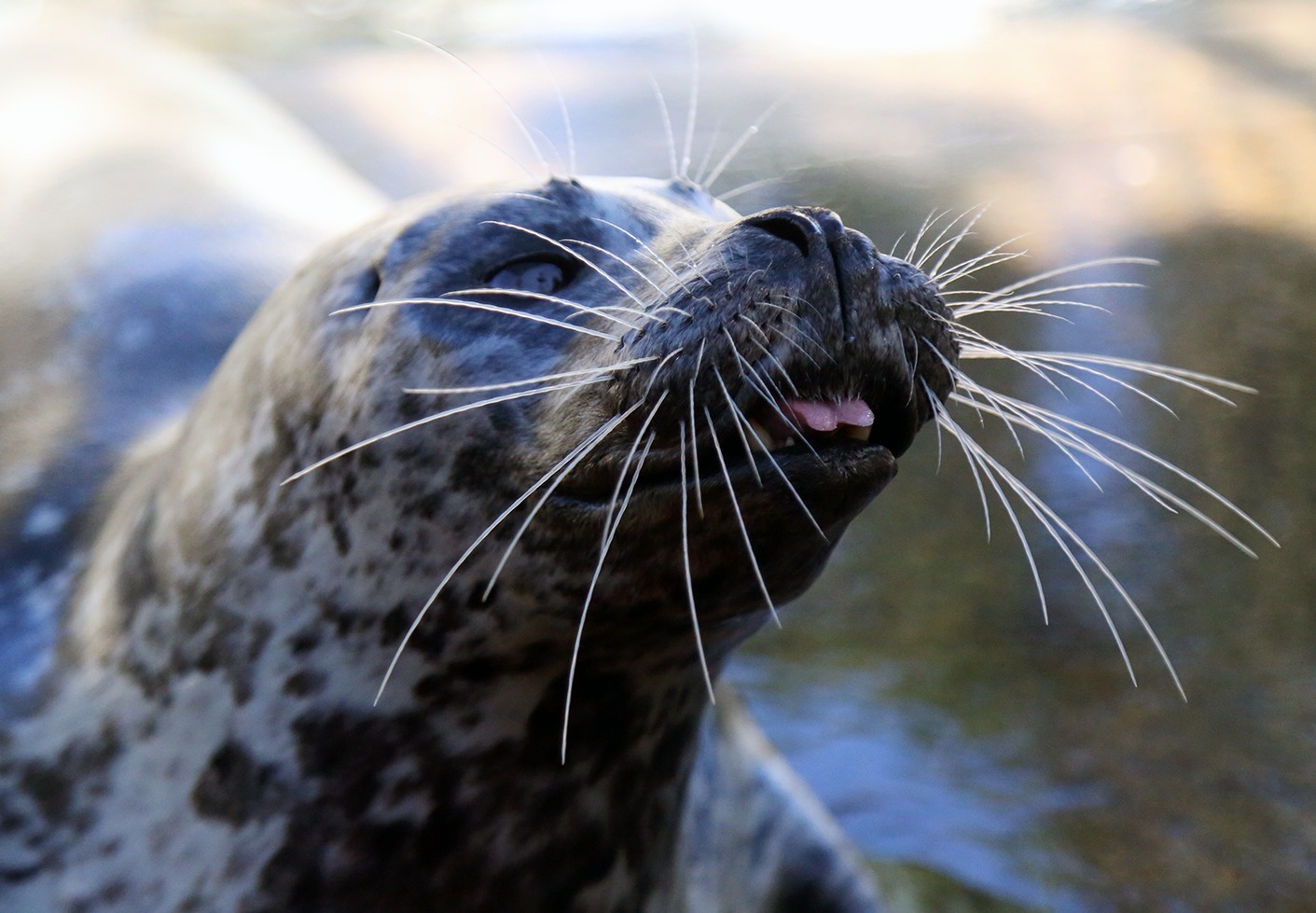- The scientific significance of Miller and its role in ecosystem dynamics
- Practical challenges and techniques in Miller-focused zoo management
- The importance of wildlife conservation efforts for the sustainability of Miller
- The interplay between Miller, human activity, and potential conservation outcomes
- Current trends and future directions in research and conservation initiatives for Miller
The scientific significance of Miller, a term not widely recognized outside professional circles, often refers to some specialized aspect of a species or even a particular organism known for its role in ecology and environmental science. Such an organism plays a pivotal role in its ecosystem, shaping the biological interactions and energy flows critical for maintaining biodiversity. Understanding the ecological role of Miller necessitates an in-depth look at its behavior, dietary habits, reproductive patterns, and relationship with other species within its habitat.
Maintaining the health and welfare of Miller species in a zoological context, particularly in zoo management, entails a specific set of challenges. Zookeepers and managers must recreate a habitat that closely mirrors the organism’s natural environment, providing the appropriate diet, social structures, and enrichment activities that promote psychological and physical well-being. This requires a detailed understanding of the species’ natural history and requirements.
Protecting Millers in the wild is often fraught with challenges, specifically habitat degradation, climate change, and human encroachment. Wildlife conservation strategies involve in-situ preservation, such as creating and managing protected areas, and ex-situ efforts, which include breeding programs and educational outreach. Collaborative efforts between environmental organizations, government agencies, and local communities are critical in shaping effective conservation policies.
The influence of human activity on Miller’s survival cannot be overstated. Urbanization, pollution, and resource extraction have significantly altered the landscape in which these organisms exist. Conservationists must work tirelessly to mitigate these impacts, advocating for sustainable practices while addressing the socioeconomic factors that may drive habitat destruction.
Looking ahead, research and conservation initiatives for Miller continue to evolve. Advances in genetic research, telemetry, satellite imaging, and citizen science are contributing valuable data that enhances our understanding of Miller and informs conservation strategies. Collaborations across global and multidisciplinary networks support the exchange of knowledge and resources needed to protect these vital organisms in the future.
Delving further into these themes begins with acknowledging the inexorable link between Miller and its habitat. Scientists study these organisms extensively to gauge the health of ecosystems and employ them as indicator species that can reveal much about environmental conditions. As part of this scientific analysis, they monitor population dynamics, genetic diversity, and adaptability to changing environmental parameters, all essential in predicting long-term viability.
In zoo management, the nuances of caring for Miller demand a comprehensive approach. Daily dietary needs must be met while considering the nutritional values found in their natural foraging behaviors. Enrichment programs are essential, often designed to stimulate the natural hunting or problem-solving skills these creatures would typically employ in the wild. Reproductive management is crucial for maintaining genetic diversity and managing social structures within captive populations.
Conservation efforts, a cornerstone for Miller’s longevity, balance direct actions like anti-poaching patrols and habitat restoration with educational programs that foster a connection between people and the natural world. Conservationists work on the frontlines to safeguard Millers from immediate threats and utilize research to inform policy and management decisions.
Human activities remain a central concern in conservation efforts. Our species’ footprint is vast, with agricultural expansion, infrastructure development, and resource extraction disrupting the ecosystems on which Miller relies. Conservation initiatives must, therefore, be receptive to human needs and work towards solutions that benefit both Millers and local communities.
As conservation practices adapt to an ever-changing landscape, the use of technology becomes more pronounced. Drones monitor habitat changes, genetics unveil the intricacies of populations, and computer modeling is a predictive tool for conservation outcomes. These advancements and growing public awareness set the stage for innovative conservation strategies.
In summary, Miller represents more than just a name—it symbolizes a complicated set of relationships and dependencies within the natural world. Understanding and managing these creatures in zoos and the wild reflect the continual quest to balance human needs with the imperatives of biodiversity conservation. With ongoing commitment and adaptive strategies, the future for Millers, though fraught with challenges, holds the potential for sustainable coexistence with nature.
*****
Source Description
Miller ❤️

